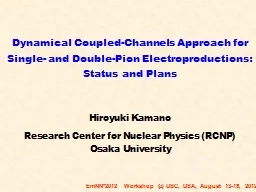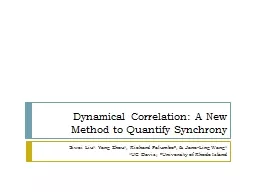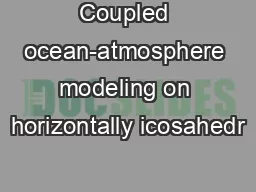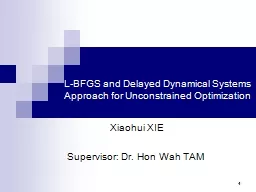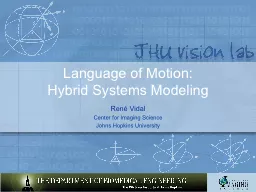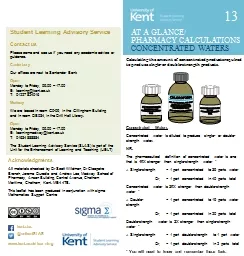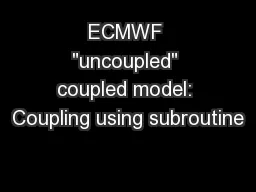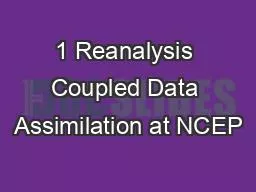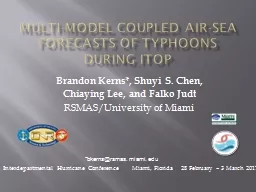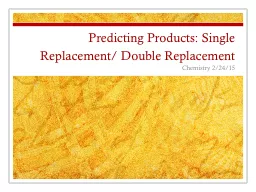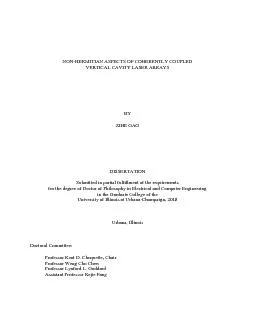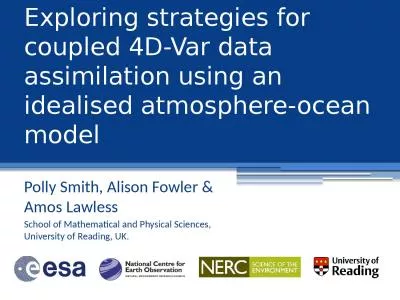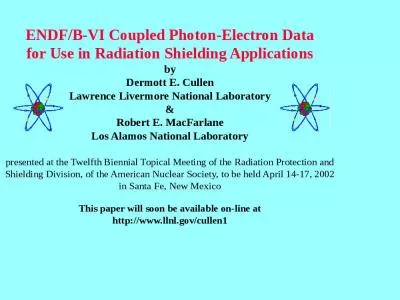PPT-Dynamical Coupled-Channels Approach for Single- and Double-
Author : faustina-dinatale | Published Date : 2016-06-18
Electroproductions Status and Plans Hiroyuki Kamano Research Center for Nuclear Physics RCNP Osaka University EmNN 2012 Workshop USC USA August 1315 2012 Outline
Presentation Embed Code
Download Presentation
Download Presentation The PPT/PDF document "Dynamical Coupled-Channels Approach for ..." is the property of its rightful owner. Permission is granted to download and print the materials on this website for personal, non-commercial use only, and to display it on your personal computer provided you do not modify the materials and that you retain all copyright notices contained in the materials. By downloading content from our website, you accept the terms of this agreement.
Dynamical Coupled-Channels Approach for Single- and Double-: Transcript
Download Rules Of Document
"Dynamical Coupled-Channels Approach for Single- and Double-"The content belongs to its owner. You may download and print it for personal use, without modification, and keep all copyright notices. By downloading, you agree to these terms.
Related Documents

